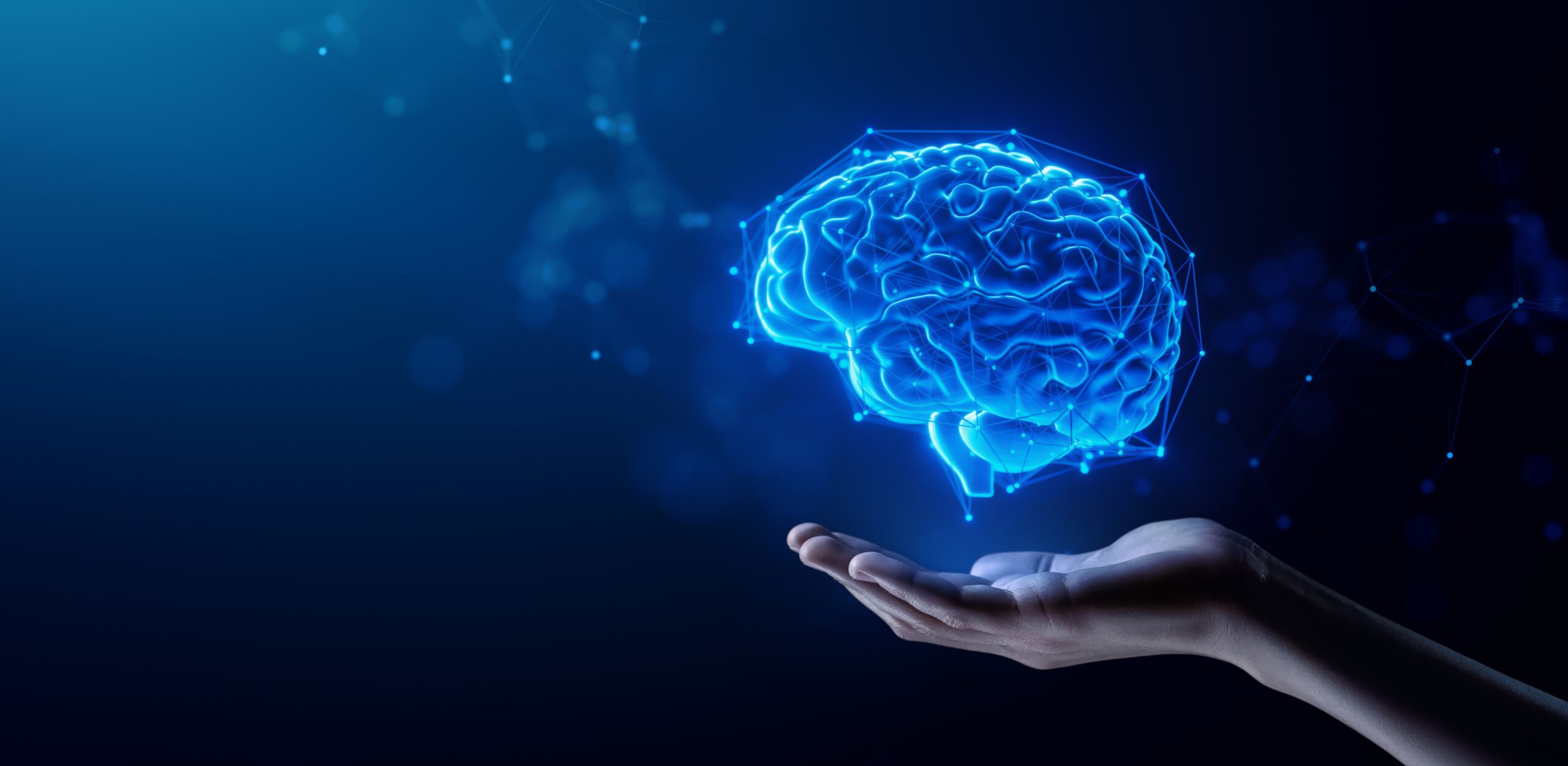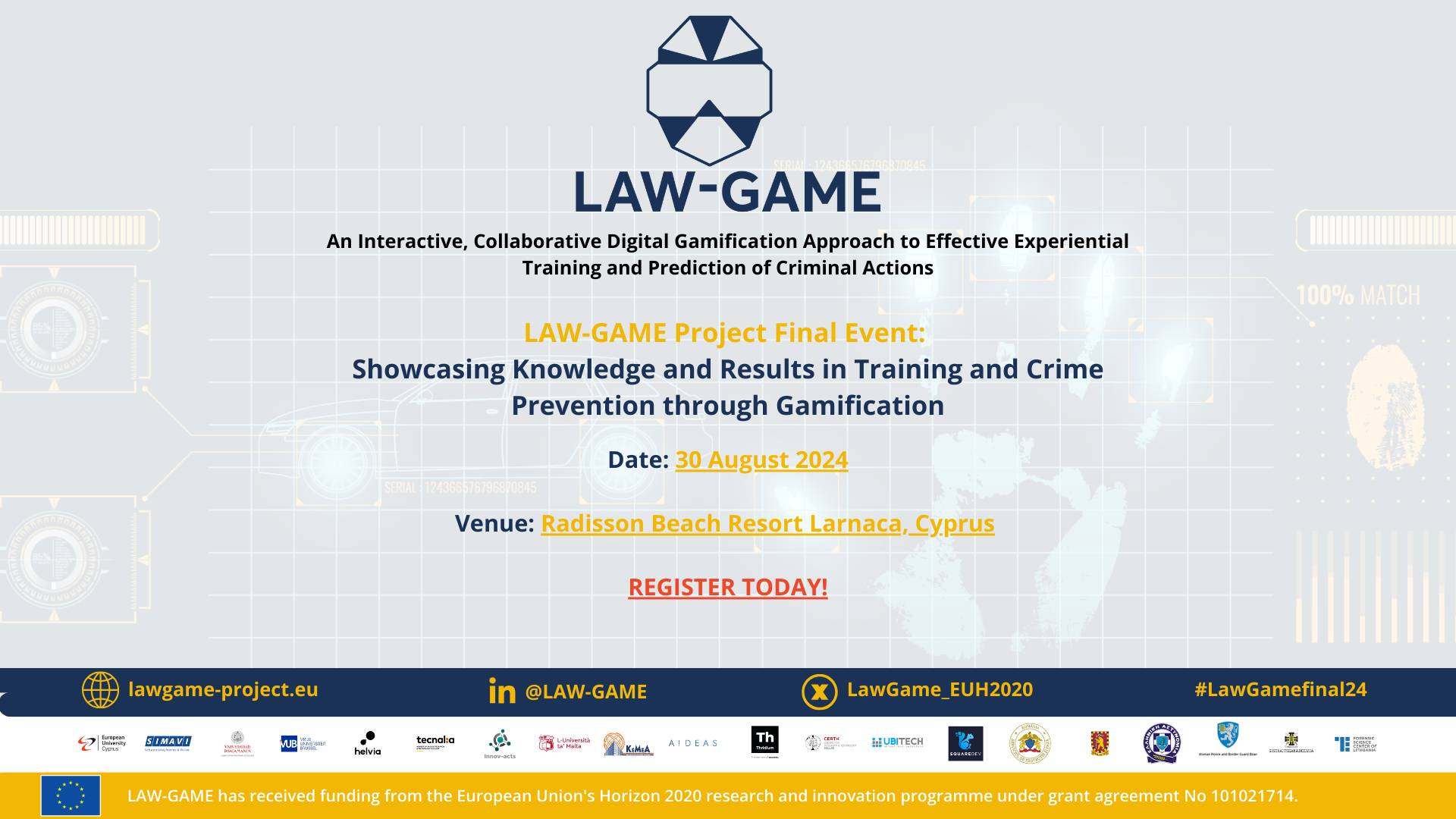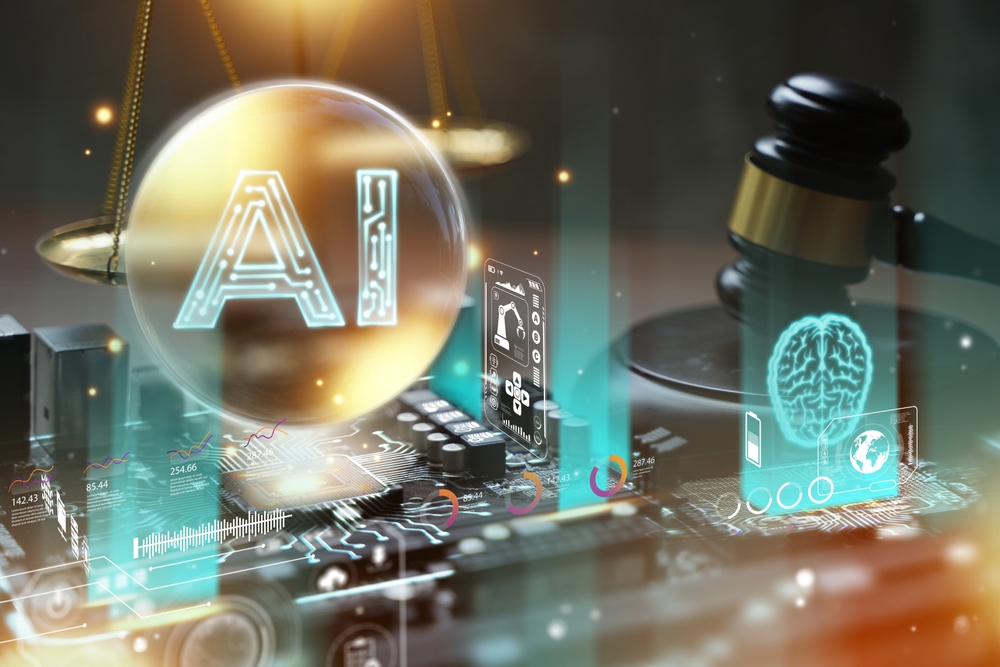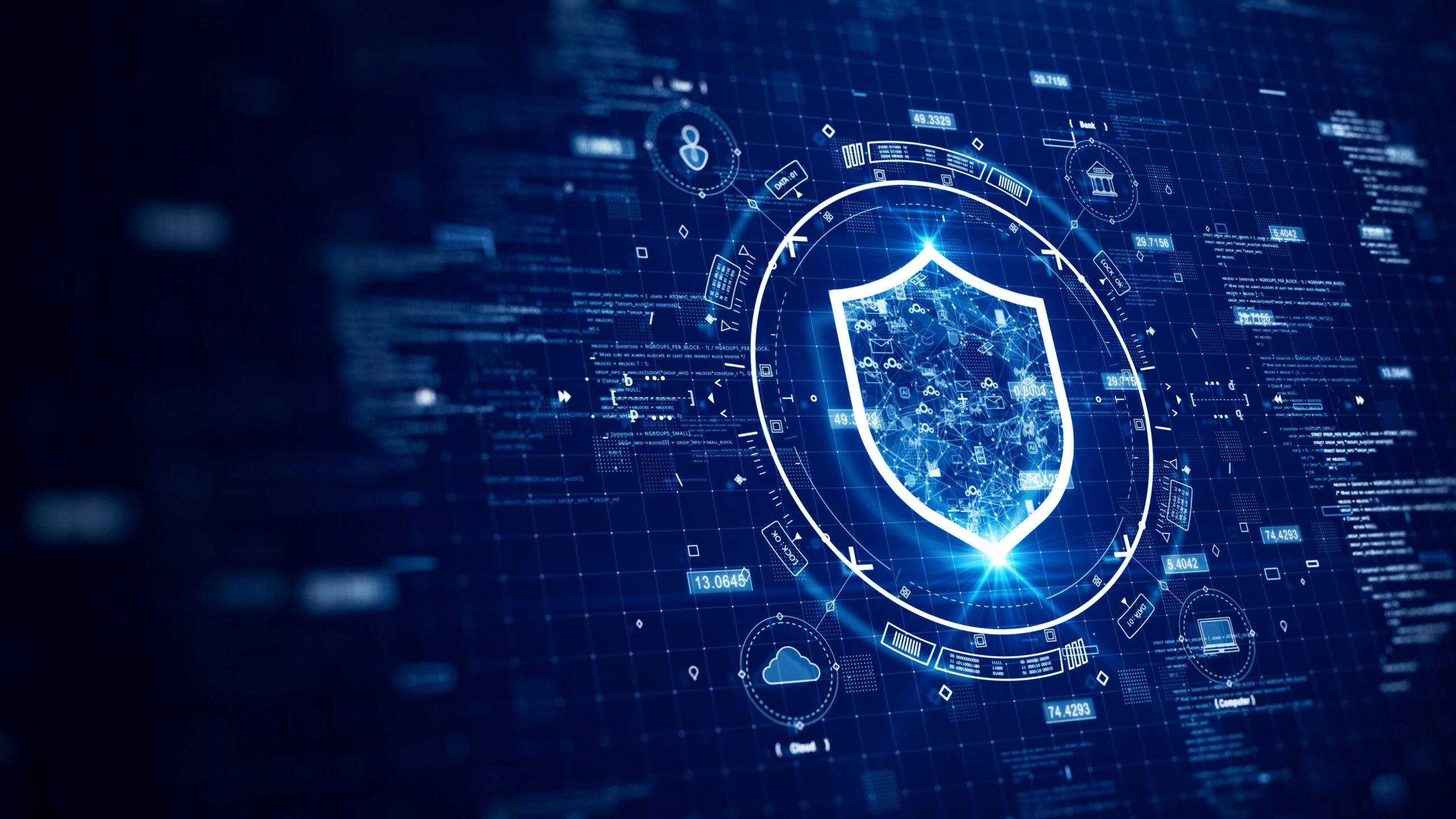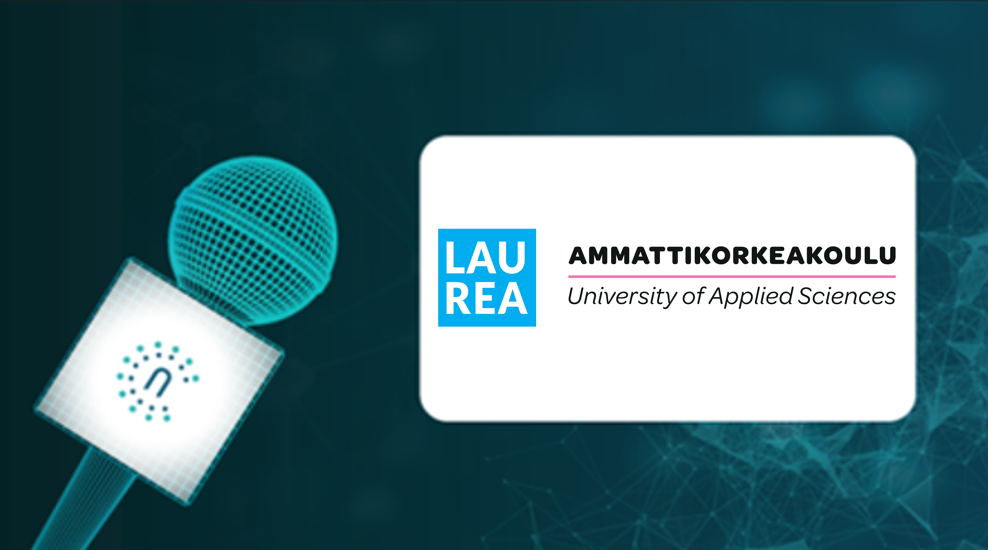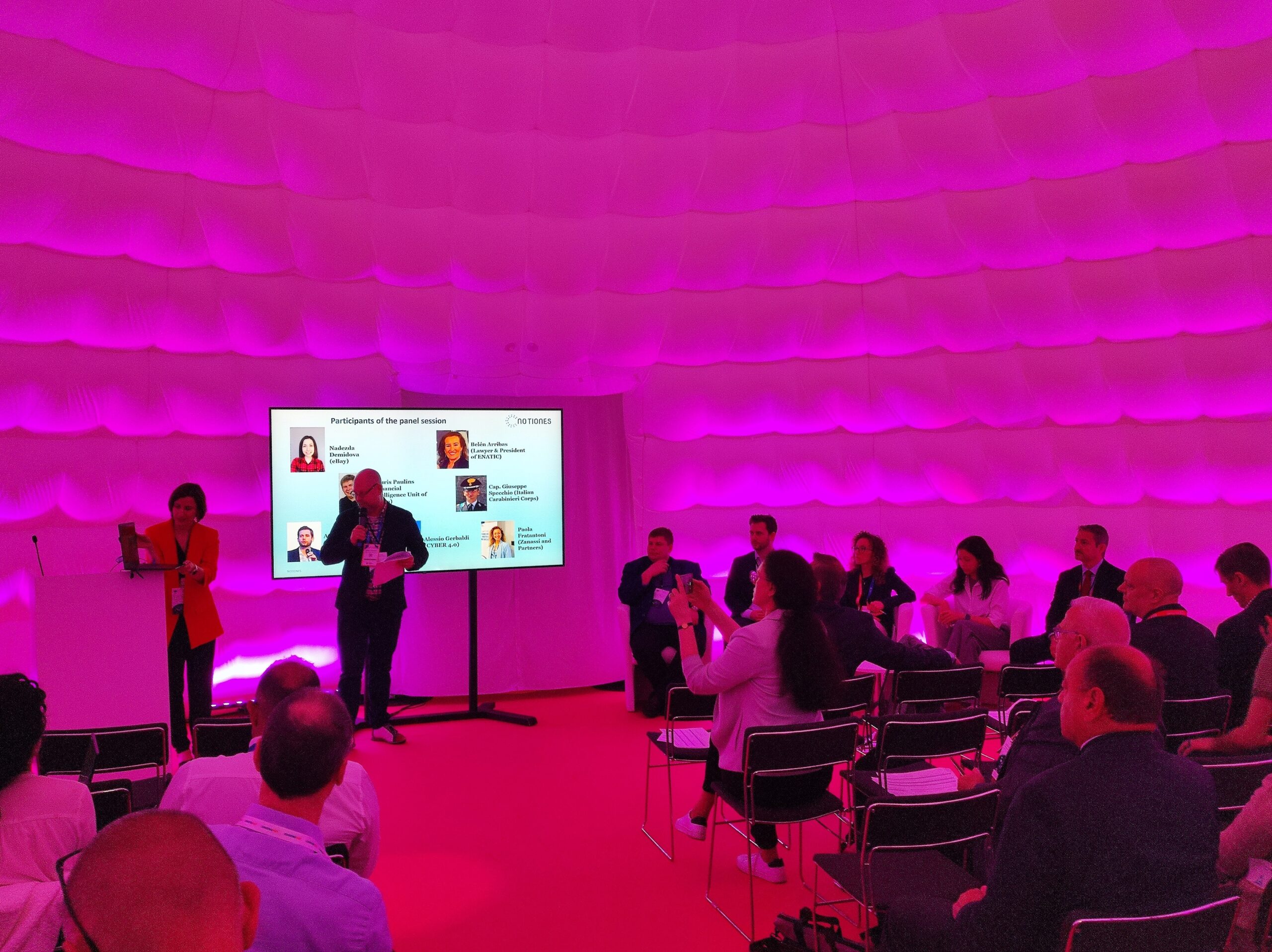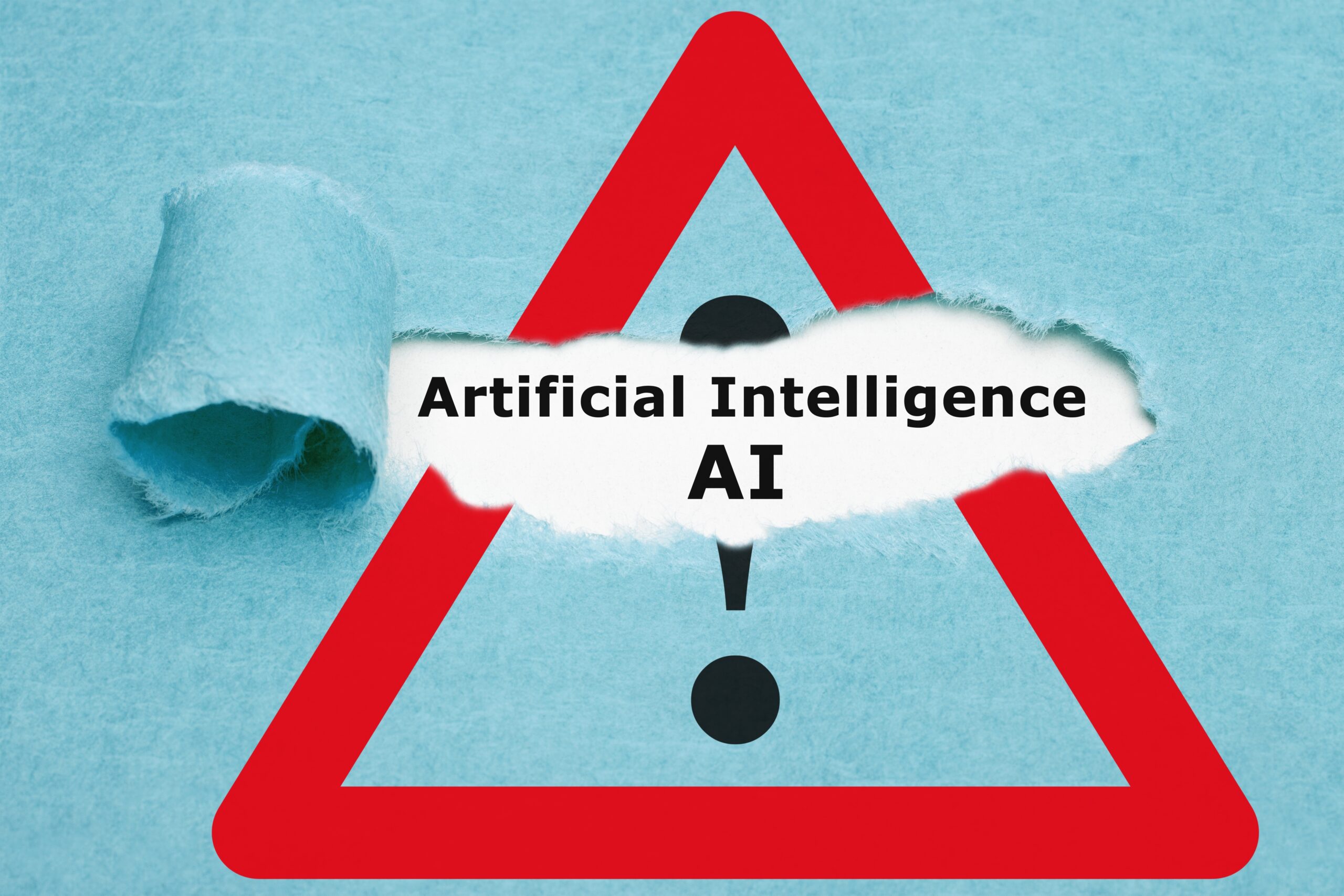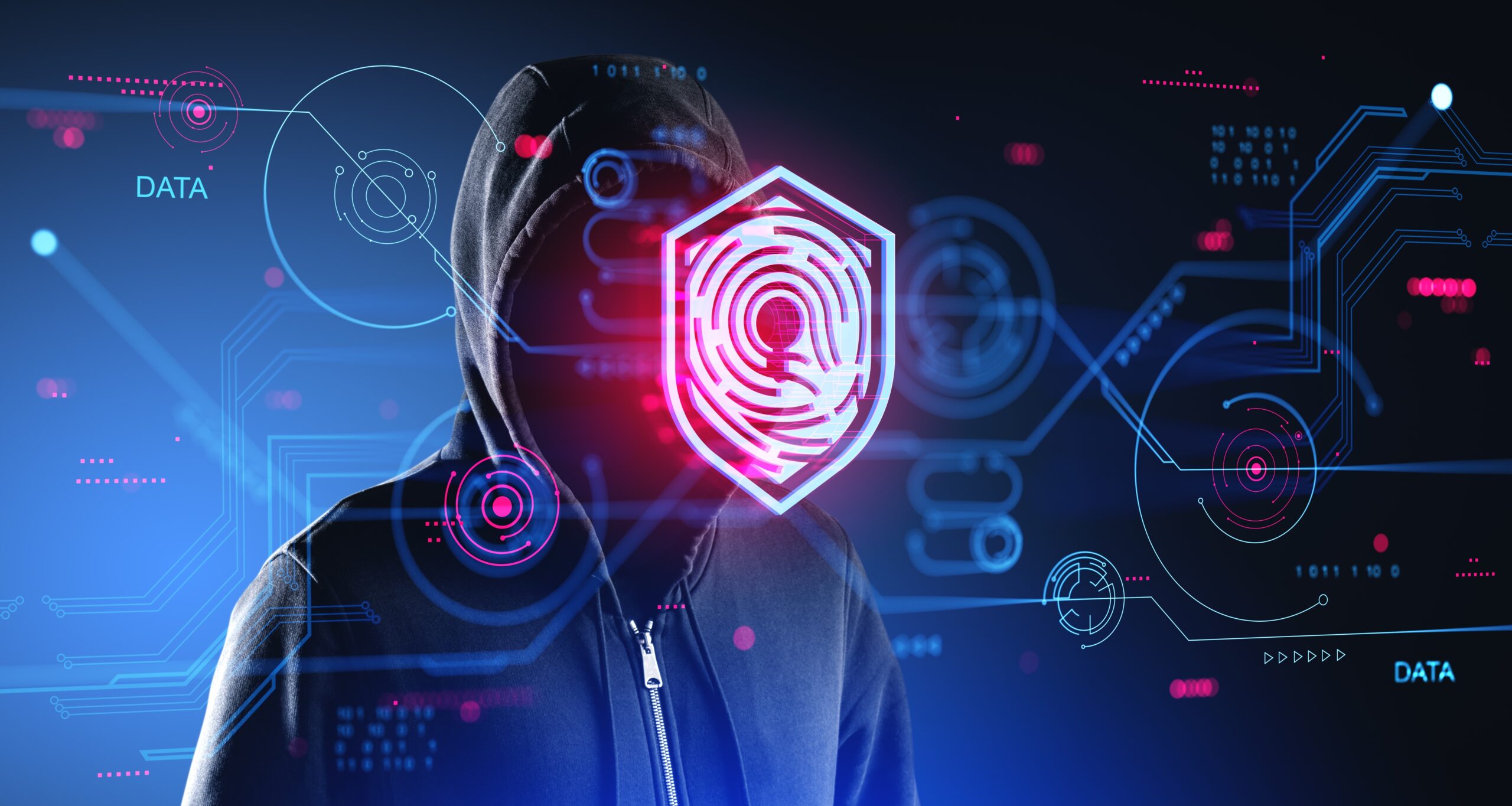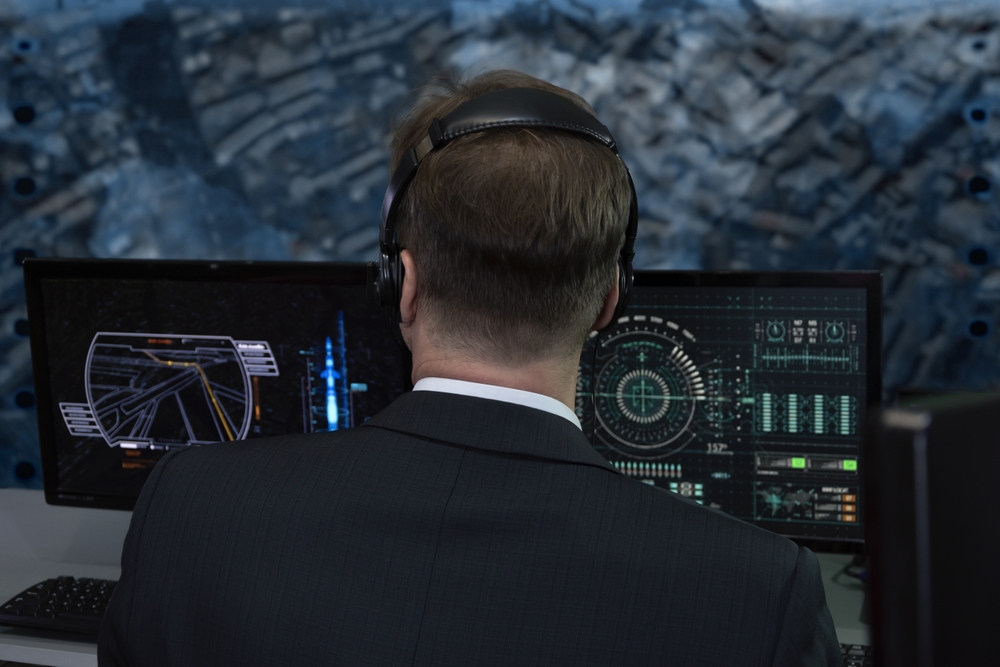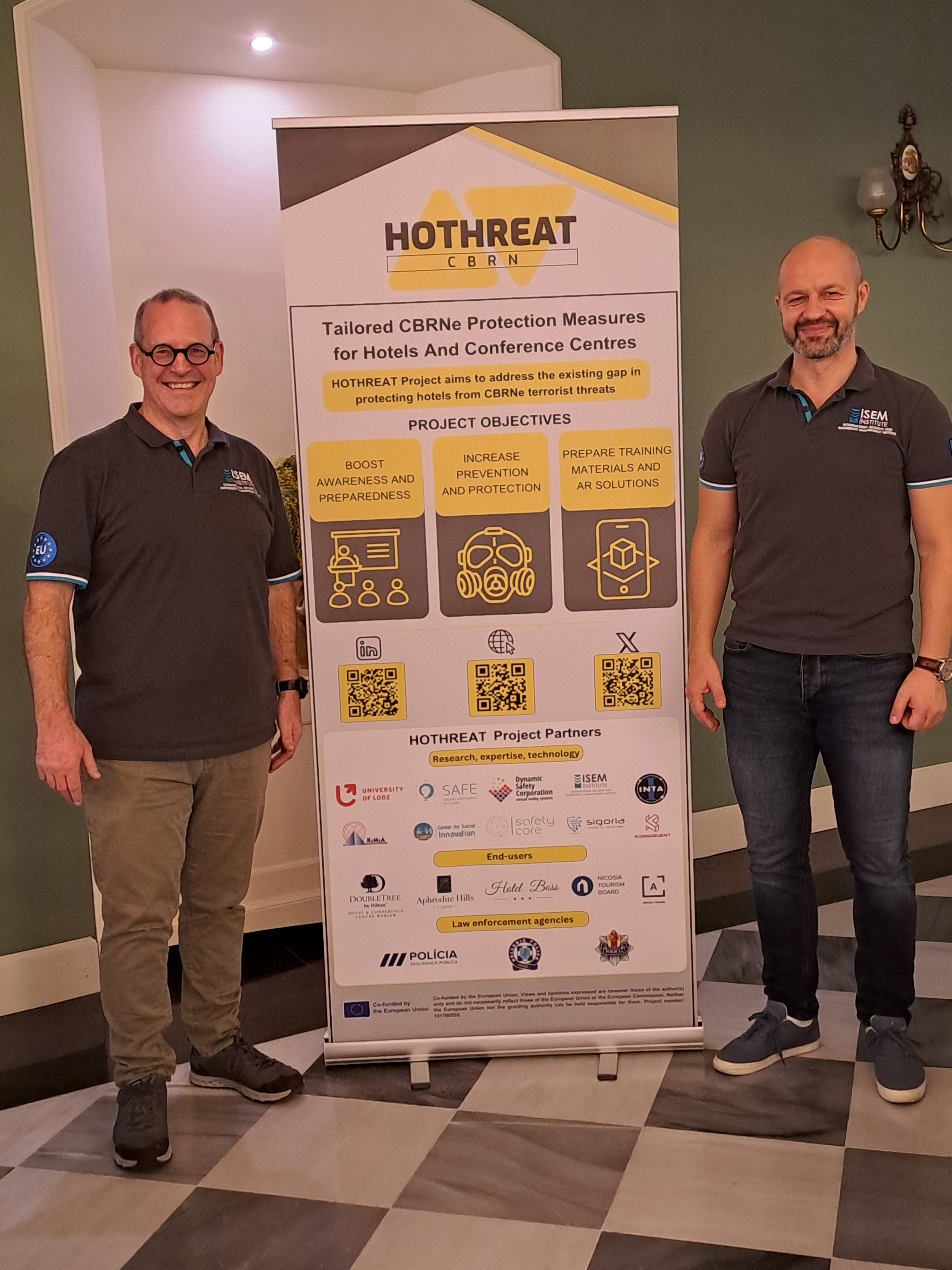NOTIONES paper on HUMINT
The NOTIONES Consortium is proud to announce the realization of a scientific publication about the role of Human Intelligence in the age of digital technology.The paper focuses on the role and perspectives of Human Intelligence in the digital era. It explores technological advancements that can be harnessed by Intelligence and...





